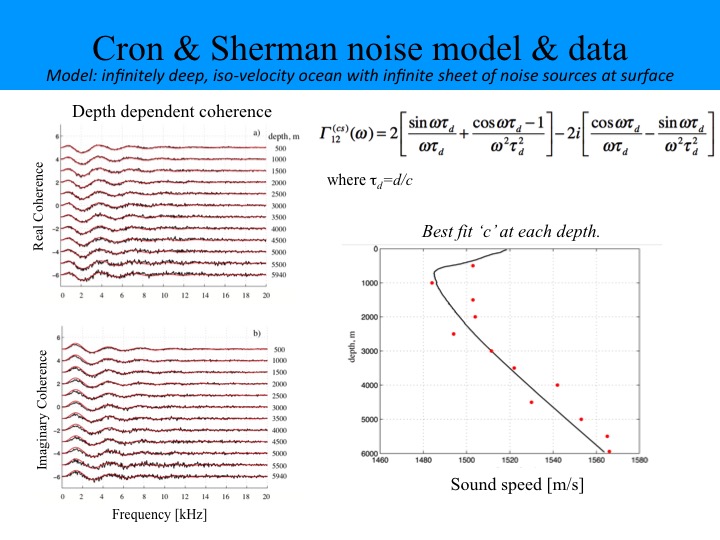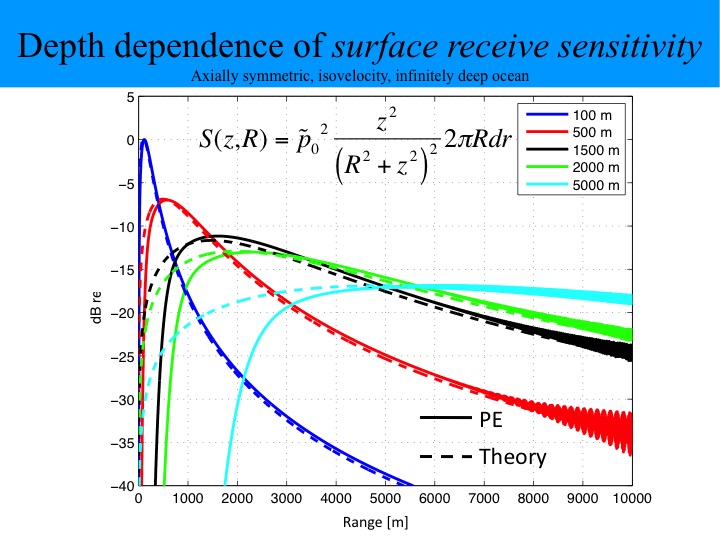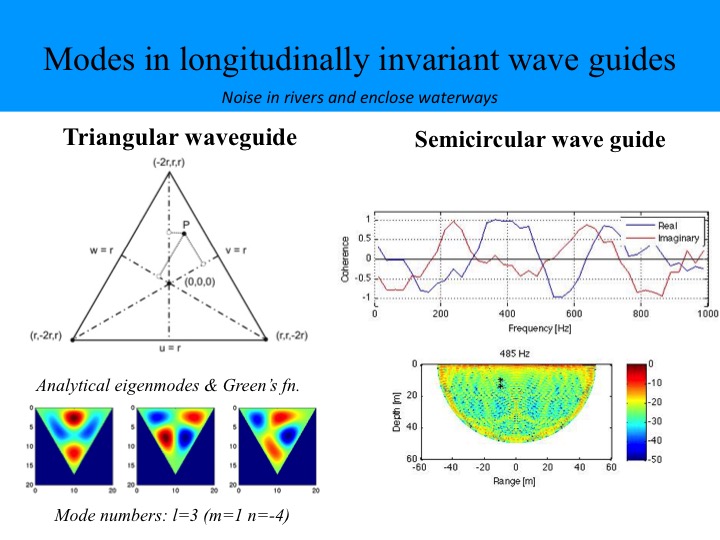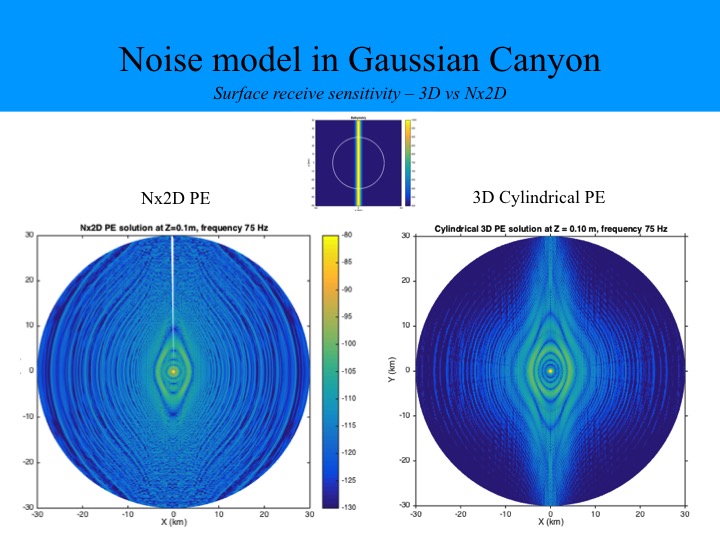Underwater signal processing and signal detection schemes require well-characterized spatial and temporal ambient noise field properties to operate effectively in tasks such as detecting ships, submarines, marine mammals, and other underwater sound sources. Additionally, a detailed understanding of the noise field in the ocean has led to the development of passive methods for querying the physical properties of the ocean, seabed and sub-bottom as well as investigating the physics and statistics of noise source mechanisms such as air-sea interaction, surface wave breaking, rainfall, geophysical processes, and bedload sediment transport. More recently, underwater noise has been used to study the ecological health of the oceans. The objective of this research is to develop noise models that accurately predict spatial and temporal statistics, provide useful means for estimating source distributions and strengths, and allow the inversion of oceanographic properties from underwater recordings.

Inversion of deep ocean sound speed from ambient noise using the analytical Cron & Sherman noise model.

Defining a surface receive sensitivity for a hydrophone at depth using an analytical model and reciprocal Parabolic Equation (PE) propagation model.

In waveguides with geometries that support complete modal decomposition, an analytical expression for the noise field can be derived exactly and computed efficiently.

In arbitrary geometries, Nx2D and full 3D PE models can be used to calculate the surface receive sensitivity (shown here) which can then be used to calculate the noise field. The focussed sensitivity of the noise field along the canyon axis shows the importance of horizontal refraction in shallow water environments with varying bathymetry.